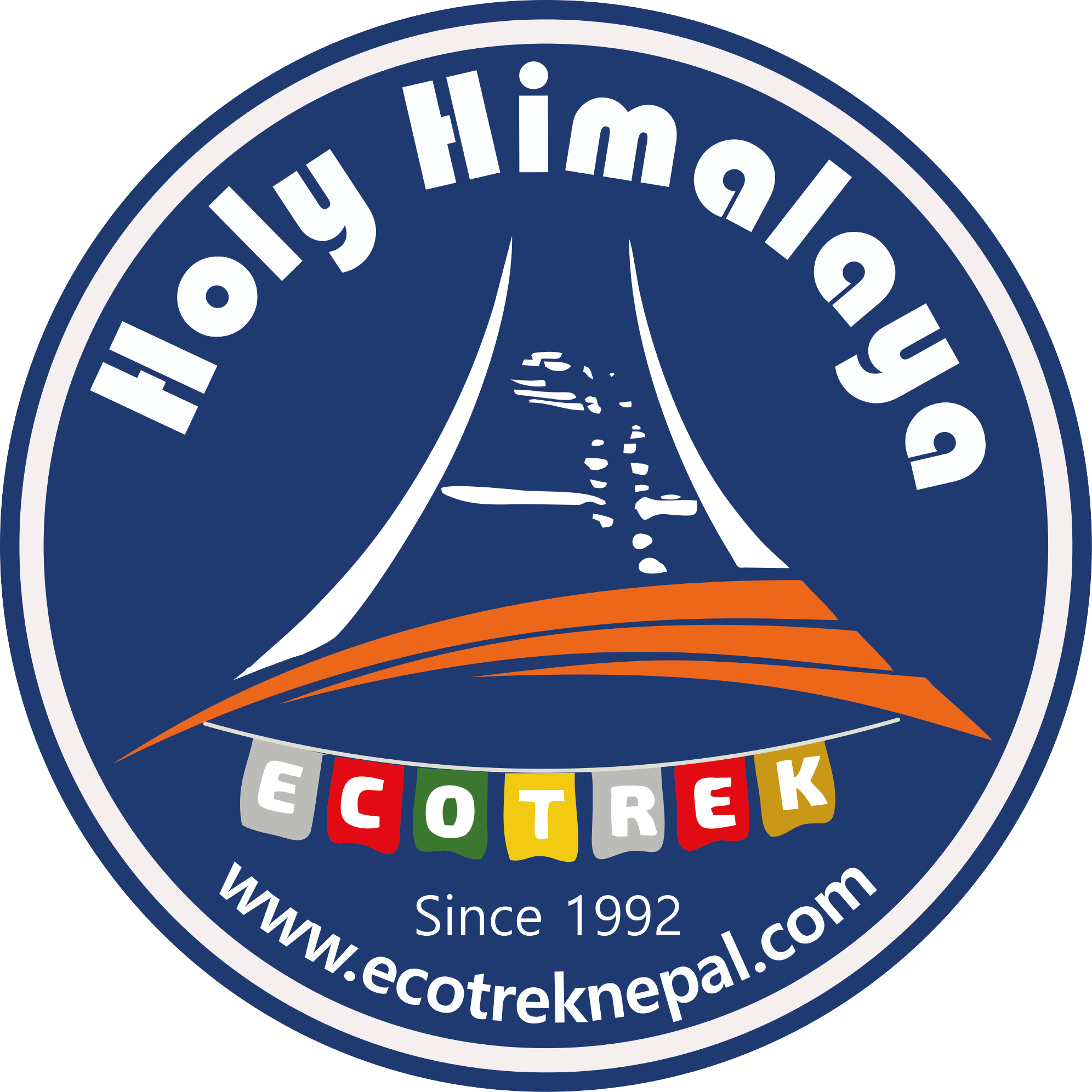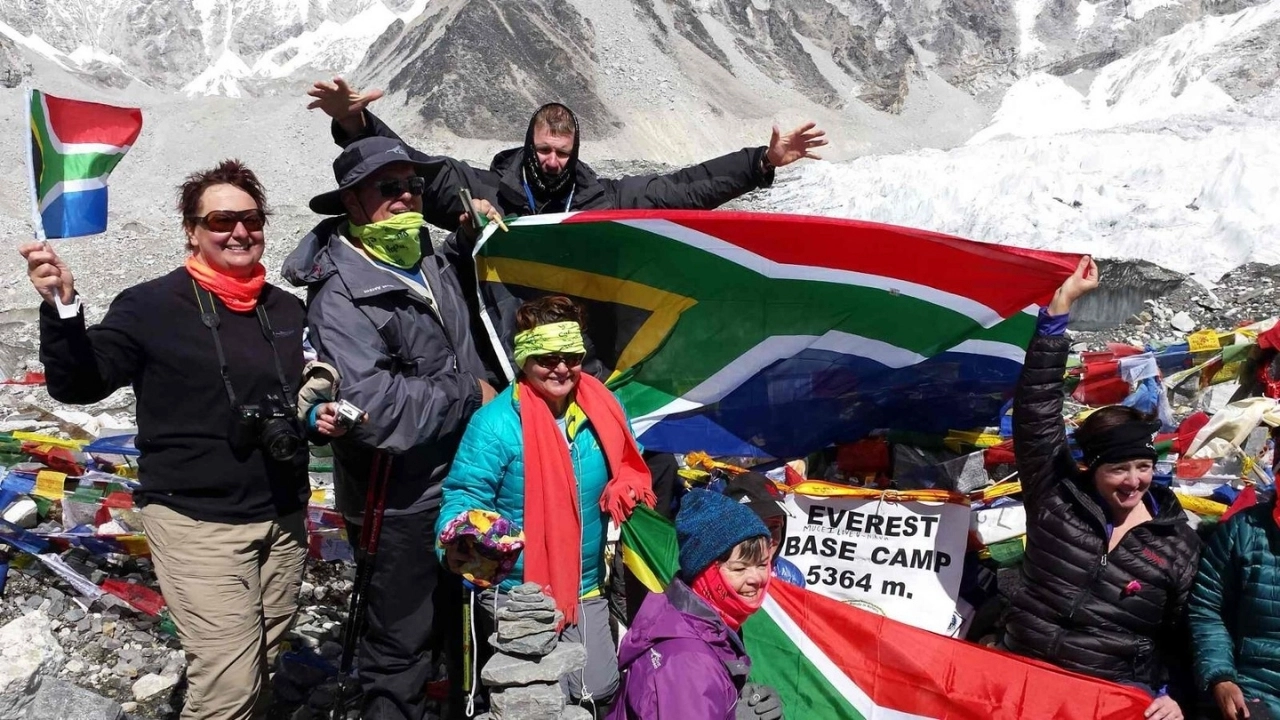
Annapurna Circuit Trek
Tour snapshot
17 Days
Summer
2 persons
Nepal
Trekking in Nepal
Overview
Annapurna Circuit Trekking is one of the most valued routes in Nepal, which attracts trekkers from around the world by its stunning landscape and cultural attractions. The peak mountain views with green forests, vibrant with traditions, will amuse the trekkers to take the adventure of their lifetime. This trail is one of the most awe-inspiring in the world; at its centerpiece lies Mount Annapurna, the first of the 14 highest peaks in the world to have been successfully climbed.
The trekking route crosses gushing rivers, deep gorges, and sacred places, including Hindu temples and Buddhist monasteries. As the largest conservation area in Nepal, the Annapurna Circuit Trek is a place of untouched beauty, snow-capped peaks, and turquoise-colored lakes, with equally diverse flora and fauna. From barren plateaus to high-altitude meadows, the Annapurna Conservation Area nurtures rich biodiversity, including endangered animals such as the snow leopard, Himalayan tahr, and blue sheep.
The panoramic views of Annapurna I (8,091 m), Annapurna South, Mount Dhaulagiri (8,167 m), Nilgiri, Machhapuchhre (6,993 m), and more are the noted highlights of the Annapurna Circuit Trek. However, there's a lot more to see on this trek apart from awe-inspiring scenery.
One gets glimpses into the day-to-day lives of diversified ethnic groups. The rich cultural diversity on the Annapurna Circuit Trek is marked by the presence of Gurung and Magar communities in the south and that of Thakali and Loba communities in the north. These friendly people welcome trekkers with hospitality rooted in unique traditions and religious practices.
Cultural festivals, on the other hand, also add to the experiences of the Annapurna Circuit Trek. While major festivals such as Dashain, Tihar, and Teej are observed, special events like Yarthung, a traditional horse-racing festival, and Dachen, a bow-and-arrow competition, reflect the Tibetan influence and the unique lifestyle that this region represents in the cultural identity and the way life has to be strong in the high mountains.
The Annapurna Circuit Trek is not just a tour through the breathtaking landscapes of Nepal but also a cultural exposure, leaving trekkers with indelible marks and a fresh salutation to life's persistence in the high Himalayas. Nature, adventure, and culture have the perfect blend in this trek.
Highlights
- Witness panoramic views of Annapurna I, Dhaulagiri, Machhapuchhre, and more.
- Experience the traditions of the Gurung, Magar, Thakali, and Loba communities.
- Visit sacred temples and Buddhist monasteries along the route.
- Spot rare animals like snow leopards, Himalayan tahr, and blue sheep in the Annapurna Conservation Area.
- Trek through lush forests, high-altitude meadows, and snow-capped peaks.
- Conquer the High Himalayan Thorong La Pass at 5,416 meters for a truly rewarding challenge.
- Visit the revered Muktinath Temple, a spiritual highlight at the end of your journey.
Itinerary

















Included/Excluded
Service Fee Only, Explore Nepal Fully!
Select Dates
{{type.name}}
{{type.display_price}} per person
Guests
Extra prices:
- {{total_price_html}}
- {{pay_now_price_html}}
FAQs about Annapurna Circuit Trek

The best time for the Annapurna Circuit Trek is during spring—from the end of March to May—and during autumn—from the end of September to November. Both this season promises clear skies, dry and sunny weather, and very beautiful views with comfortable temperatures for trekking. Winter lasts from December to February, which means cold temperatures, especially at the highest points, with snowfall in this part of the trek. Winter trekking is possible; it needs additional equipment and more time. The advantages include clearer skies, fewer crowds, and lower costs. It is easier and more scenic to go on the trek during the spring and autumn months.

Food varieties you will get on the Annapurna Circuit Trek range from Western pizzas, pasta, and burgers to local regional meals. Though Western foods may be available, it is better if you taste the local cuisine so that your palate can tell you the full taste of the region. Your breakfast will include options such as tea or coffee, porridge, muesli, oats, toast, pancakes, eggs, and Tibetan bread, which is a good way to build up your energy for the trek. Dal Bhat, rice, lentils, vegetables, boiled potatoes, Sherpa Stew, Thukpa, garlic soup, momo, and lasagna are common items on the menu at both lunch and dinner. Beverages will range from the available types of sodas to even alcoholic drinks. Better avoid alcohol and stick to green tea, hot lemon, garlic soup, ginger tea, and honey ginger tea, as all of them keep your energy up throughout long trekking days. While in Kathmandu and Pokhara, only breakfast is included; during the actual trek, the package includes three meals: breakfast, lunch, and dinner. Additional snacks or any drinks will be yours for purchase.

The Annapurna Circuit Trek lies within the Annapurna Sanctuary Area, for which two permits are required. The first one is the Annapurna Conservation Area Permit (ACAP), and the second is the TIMS Card, which means Trekkers' Information Management System. The ACAP will cost you 3000 NPR, or approximately 27 USD, while the cost of the TIMS Card will be 2000 NPR, approximately 18 USD. Prices mentioned for both may vary according to your nationality. To obtain the TIMS Card, trekkers have to get a photocopy of the passport, two passport-sized photographs, trekking insurance, and emergency contact numbers both at home and in Nepal. For the ACAP, they will be required to present a passport, two passport-sized photos, and the TIMS Card. Both permits are available at the Tourism Information Center either in Kathmandu or in Pokhara.

Basic facilities like tea houses, lodges, and guesthouses provide food and accommodation for the trekkers in the Annapurna Circuit Trek. It is cozy, and most of the rooms are shared; however, a single room can be provided if available at an extra charge. The rooms have blankets and a bed to sleep on, which keeps you warm during the night. Most of the rooms are not on-suite, so you will have to use the shared facilities. Generally, these are in the eastern squat style. It is always advisable to carry your toilet paper, as it is not provided. Accommodations in Kathmandu: You will be accommodated in Kathmandu for two nights in tourist-class hotels on a sharing basis, with basic amenities such as charging points and attached toilets. Your night's stay in Pokhara is arranged accordingly.

While charging facilities are available in the tea houses and lodges on the Annapurna Circuit Trek, especially in the lower areas and more developed regions, you must be prepared to pay extra for charging, in the range of $200 to $400 per device. Of equal importance is bringing charging cables and adapters, as they too may not be available along these trails. Communication and internet access can or might not be available, especially in the higher altitude areas of the trek. Purchase a local Nepali SIM card for at least basic phone service and internet access, but again, generally unreliable. Some tea houses or lodges may have internet access; however, availability and speed do vary, and some places charge extra from NPR 100 to NPR 500 per day. You can find internet cafes charging per hour in places like Manang and Jomsom. The quality may not be up to your expectations, as it is an altitude region and quite far away from mainstream cities.

The altitude sickness risks in the Annapurna Circuit Trek are high, where the altitude reaches 3,500 meters and the high Himalayan Pass at an altitude of 5,490 meters. Low air pressure can lead to altitude sickness, with symptoms that include headaches, dizziness, nausea, and shortness of breath. However, with proper acclimatization and taking good care, the trek is quite possible to handle. If symptoms appear, then rest, hydration, and going down to lower altitudes are a must. If symptoms persist, professional medical attention must be sought.

The Annapurna Circuit Trek takes you high up in the Himalayas, upwards of 5000 meters; thus, trekking insurance is highly necessary. Insurance would save you from spending money on situations that come unexpectedly, such as altitude sickness or accidents. Your insurance must cover prepayment for lost luggage, cancellation of a trip, medical treatment, emergency helicopter evacuation, and repatriation expenses. Buying trekking or travel insurance can provide some peace of mind and protection against unpredictable costs associated with the trek.










